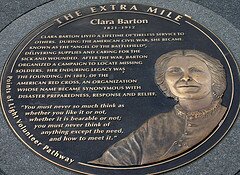We’re counting our lucky clovers this weekend, why? In case you don’t know tomorrow is St. Patrick’s Day! Let the parades, “Kiss me I’m Irish”  stickers, and everything green begin. St. Patrick’s Day is a great time to celebrate not only being Irish, spring being around the corner, and good luck, but it is also the perfect time to perform a little charity!
stickers, and everything green begin. St. Patrick’s Day is a great time to celebrate not only being Irish, spring being around the corner, and good luck, but it is also the perfect time to perform a little charity!
How can you turn a day of drinking green beer into a day of charity? It’s easy, choose from one of these fun ideas and get your volunteer party started!
You don’t need to find a four leaf clover for good luck when you are doing good works!
- Host a bake sale for good: Whether you want to get your kids involved in volunteering or you’re just a cookie monster yourself, a bake sale is a great way to have fun, while doing good. Choose a good cause or a nonprofit that really means something to you. Bake up some of your favorite St. Patty’s Day treats (shamrock sugar cookies?) and raise some money! You can set up your stand at your town’s St. Patty’s Day parade, neighborhood, etc. Donate the money you raise to your chosen good cause or nonprofit.
- Host a St. Patty’s Fundraising event: You can make this a day of celebration, while raising money by turning games into charity fundraisers. For example, fill a jar with shamrock shaped candies. Place the jar in your kid’s school, neighborhood clubhouse, etc. Those interested must donate a set amount of money to guess how many shamrocks are in the jar. The one who is closest to the amount will win a donated prize, while the money goes to charity.
-
Irish jig flash mob: Gather your friends, neighbors, or family members together to perform an Irish jig style flash m
 ob. Explain to the crowd that you are doing this for charity if they would like to donate to your cause.
ob. Explain to the crowd that you are doing this for charity if they would like to donate to your cause.
- Let your volunteers know you are “lucky” to have them: Thank your volunteers for all of their hard work on St. Patrick’s Day. We all know you would be out of luck if you didn’t have their help.
- Host your own Irish pub: Gather your community members together for an Irish-style pot-luck. Ask guests to bring an Irish dish to the dinner. Your dinner is the perfect opportunity to gather together to discuss the issues that affect your community and how you can work/ volunteer to find their solution. This is the perfect time to form your super volunteer team with your neighbors!
 Whether you are searching for four-leaf clovers or pinching those who are not wearing green, show how lucky you are by doing some good tomorrow. What better way to celebrate the luck of the Irish than by helping those who may not be so lucky!
Whether you are searching for four-leaf clovers or pinching those who are not wearing green, show how lucky you are by doing some good tomorrow. What better way to celebrate the luck of the Irish than by helping those who may not be so lucky!
From all of us at HandsOn Network we wish you an early Happy St. Patrick’s Day!
How are you showing your luck this St. Patrick’s Day?

 an
an 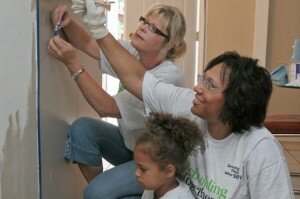 I’d like to share with you a few things I’ve learned over my term so far.
I’d like to share with you a few things I’ve learned over my term so far. service will be felt long after we have left. During “AmeriCorps Works” week, I invite you to think back and remember your own “aha!” moment. What is your purpose and direction in the service field? How do you feed the need to impact others in a positive way? Take some time to refocus on that moment and the resulting actions; it can only increase your commitment to service!
service will be felt long after we have left. During “AmeriCorps Works” week, I invite you to think back and remember your own “aha!” moment. What is your purpose and direction in the service field? How do you feed the need to impact others in a positive way? Take some time to refocus on that moment and the resulting actions; it can only increase your commitment to service! Today’s post comes from Michael Nealis, Interactive Strategy Coordinator with
Today’s post comes from Michael Nealis, Interactive Strategy Coordinator with  Recruiting volunteers is important, but screening volunteers is important too. Screening is important when volunteers will be working with protected populations like the elderly, children or the homeless. It’s important to make sure a volunteer is a good fit for your organization.
Recruiting volunteers is important, but screening volunteers is important too. Screening is important when volunteers will be working with protected populations like the elderly, children or the homeless. It’s important to make sure a volunteer is a good fit for your organization. Ever.
Ever.
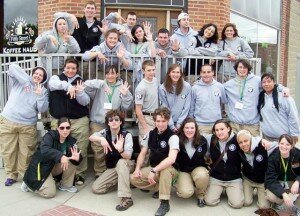 current place of employment to show the diversity in career paths and leadership rules pursued after AmeriCorps. You can share these pictures through AmeriCorps Alums social media with the hashtag #AmeriCorpsWorksHere.
current place of employment to show the diversity in career paths and leadership rules pursued after AmeriCorps. You can share these pictures through AmeriCorps Alums social media with the hashtag #AmeriCorpsWorksHere.
 will take place Tuesday, March 13 from 3 to 4:30 PM ET. Participate in this
will take place Tuesday, March 13 from 3 to 4:30 PM ET. Participate in this 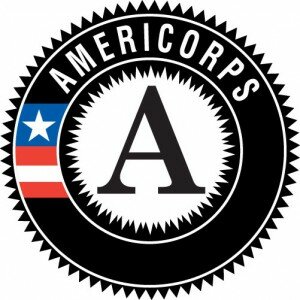 Hooray, hooray! Happy AmeriCorps Week everyone! Let’s kick off the week by explaining what exactly AmeriCorps is, in case you still do not know.
Hooray, hooray! Happy AmeriCorps Week everyone! Let’s kick off the week by explaining what exactly AmeriCorps is, in case you still do not know. intensive service in community programs. Members have the opportunity to serve in a variety of agencies including faith-based, community organizations, higher education, and public agencies. Their goals are to raise awareness in the fields of education, environment, public safety, and health. They engage in direct service such as after-school tutoring, volunteer recruitment, and capacity building.
intensive service in community programs. Members have the opportunity to serve in a variety of agencies including faith-based, community organizations, higher education, and public agencies. Their goals are to raise awareness in the fields of education, environment, public safety, and health. They engage in direct service such as after-school tutoring, volunteer recruitment, and capacity building.
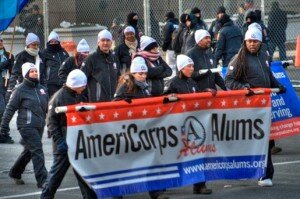 Civilian Community Corps. Their goal is to strengthen communities, while building leaders out of team service. NCCC members focus on aiding national crises.
Civilian Community Corps. Their goal is to strengthen communities, while building leaders out of team service. NCCC members focus on aiding national crises.
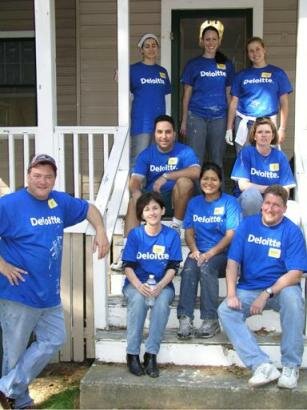 Time-crunched employees are increasingly looking to their jobs to provide opportunities for the good deeds that they don’t have the hours for outside of work, and companies are responding. Corporate social responsibility programs are no longer an afterthought in corporate planning, but garner big payoffs.
Time-crunched employees are increasingly looking to their jobs to provide opportunities for the good deeds that they don’t have the hours for outside of work, and companies are responding. Corporate social responsibility programs are no longer an afterthought in corporate planning, but garner big payoffs.
 It’s March already?! Sheesh! But hey cheer up because spring is right around the corner! March is also awesome because in March, Alexander Graham Bell patented the phone, an invention that changed the world AND volunteering! That’s right, the phone-which paved the way for other technological inventions, allows for people to participate in virtual volunteering! Here’s how:
It’s March already?! Sheesh! But hey cheer up because spring is right around the corner! March is also awesome because in March, Alexander Graham Bell patented the phone, an invention that changed the world AND volunteering! That’s right, the phone-which paved the way for other technological inventions, allows for people to participate in virtual volunteering! Here’s how:
 In 2010, it was
In 2010, it was  are great sources to not only find volunteering opportunities, but also to get facts on hunger and who it affects.
are great sources to not only find volunteering opportunities, but also to get facts on hunger and who it affects.
 neighborhood. You can donate the proceeds to your community’s soup kitchen, food bank, or your favorite hunger cause.
neighborhood. You can donate the proceeds to your community’s soup kitchen, food bank, or your favorite hunger cause.
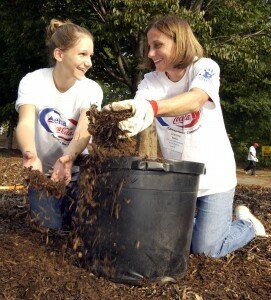 throughout the nation. Whether you’re serving your local school, nursing home, community organization, or mentoring someone, the service volunteers provide is PRICELESS, ha ha no pun intended! But in all seriousness, we are so thankful for the great service of volunteers and want offer you 4 ways to
throughout the nation. Whether you’re serving your local school, nursing home, community organization, or mentoring someone, the service volunteers provide is PRICELESS, ha ha no pun intended! But in all seriousness, we are so thankful for the great service of volunteers and want offer you 4 ways to 
